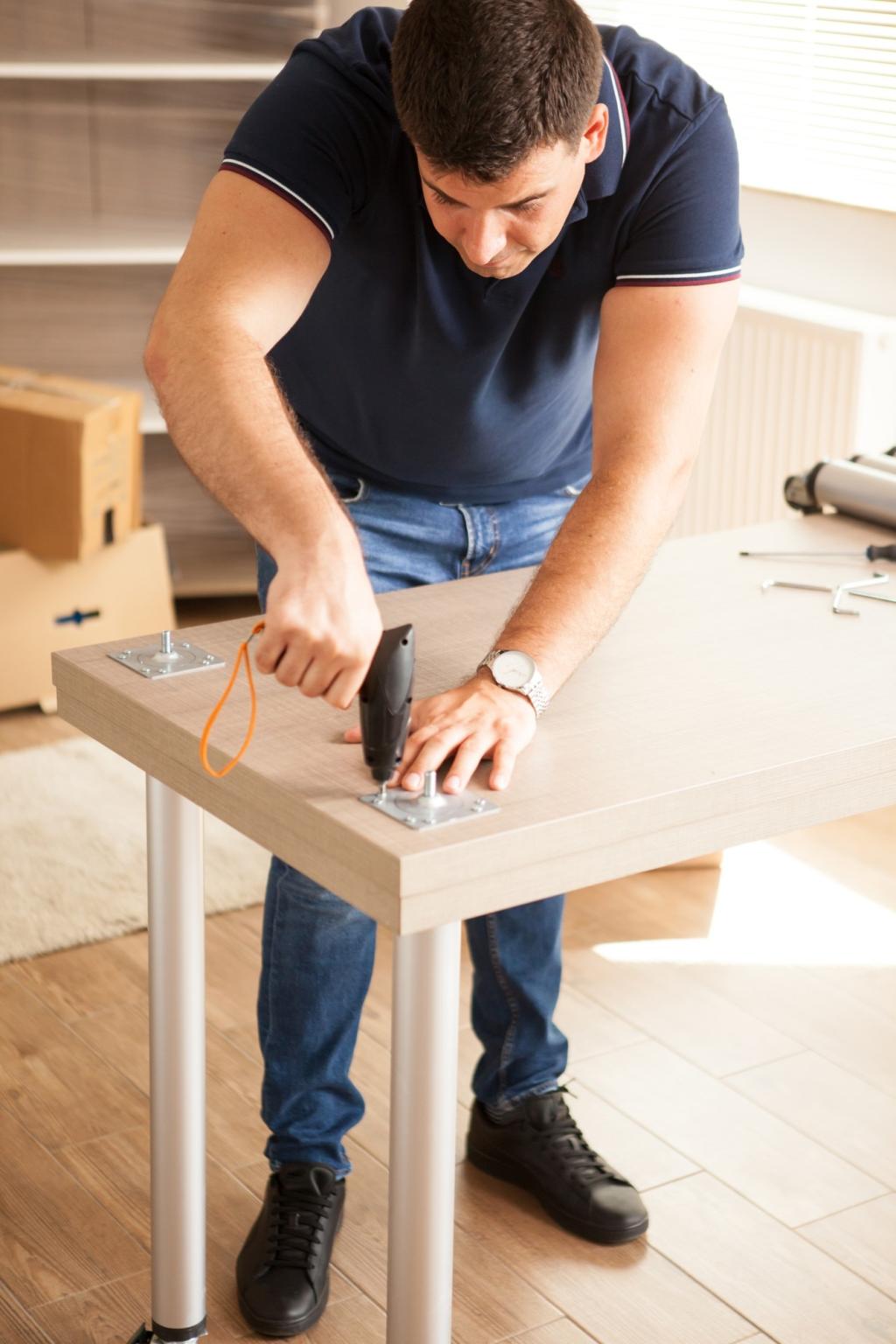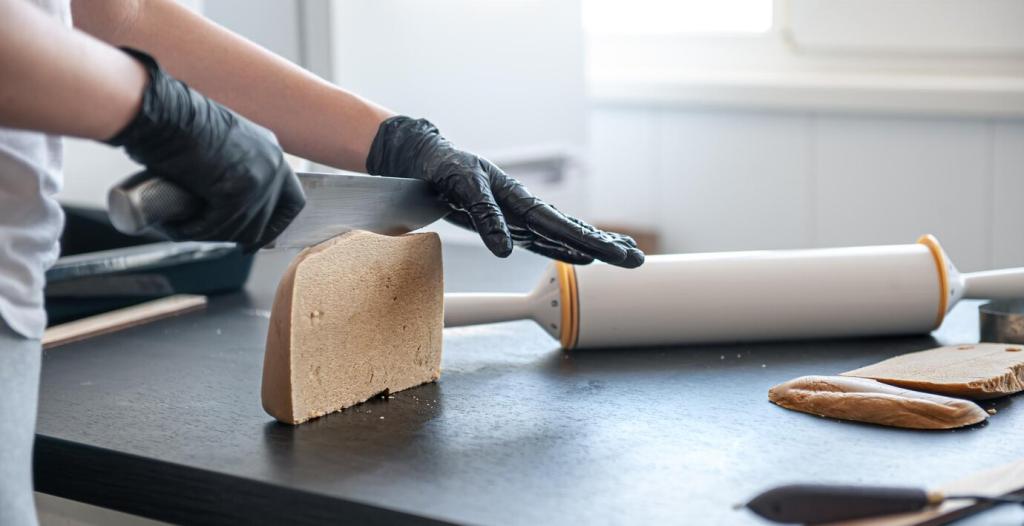Chosen theme: Long-lasting Care for Wooden Furniture. Welcome to a home for people who love wood deeply and want it to outlast trends, seasons, and even generations. Settle in, learn the rituals, and share your own care tips so we can preserve beauty together.
Understanding Wood’s Lifespan
Relative humidity between about 40% and 55% keeps wooden furniture stable, reducing cracks and warping. Invest in a simple hygrometer, note seasonal swings, and respond early with a humidifier or dehumidifier so your furniture never experiences dramatic moisture shocks.
Ultraviolet light slowly bleaches pigment and weakens finishes, while a well-maintained finish blocks moisture and dust. Rotate pieces periodically, use UV-filtering window film, and refresh protective finishes before they fail, not after. Preventive care beats restoration every single time.
My grandmother’s oak table survived four moves because she respected its limits. She never dragged it, always used cotton pads under hot dishes, and waxed lightly each spring. The patina today tells a patient story instead of a rushed, tragic one.
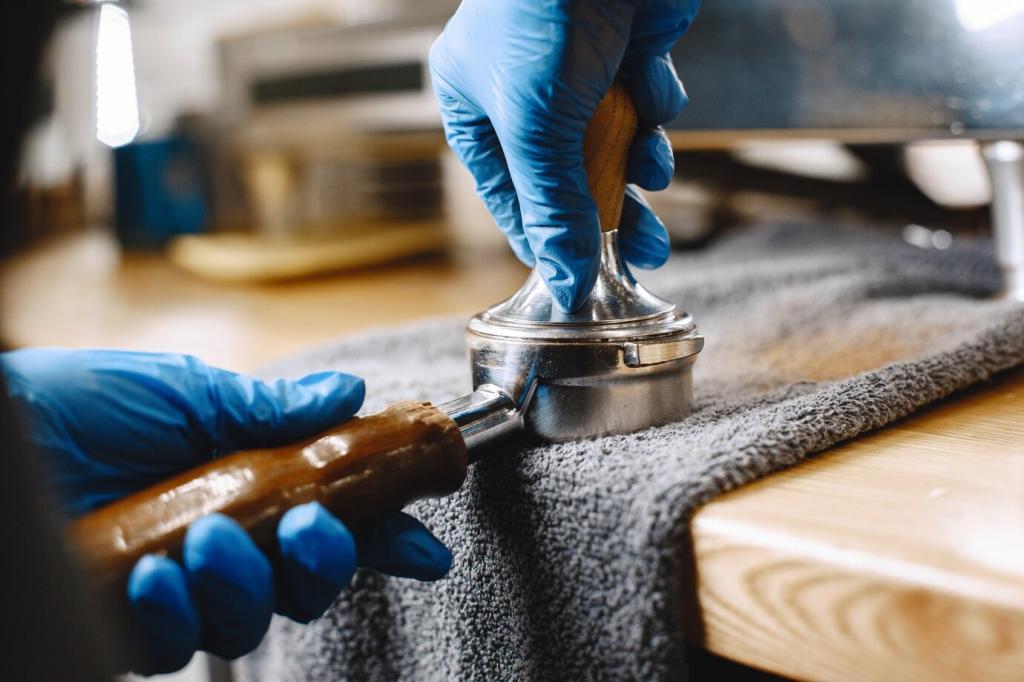
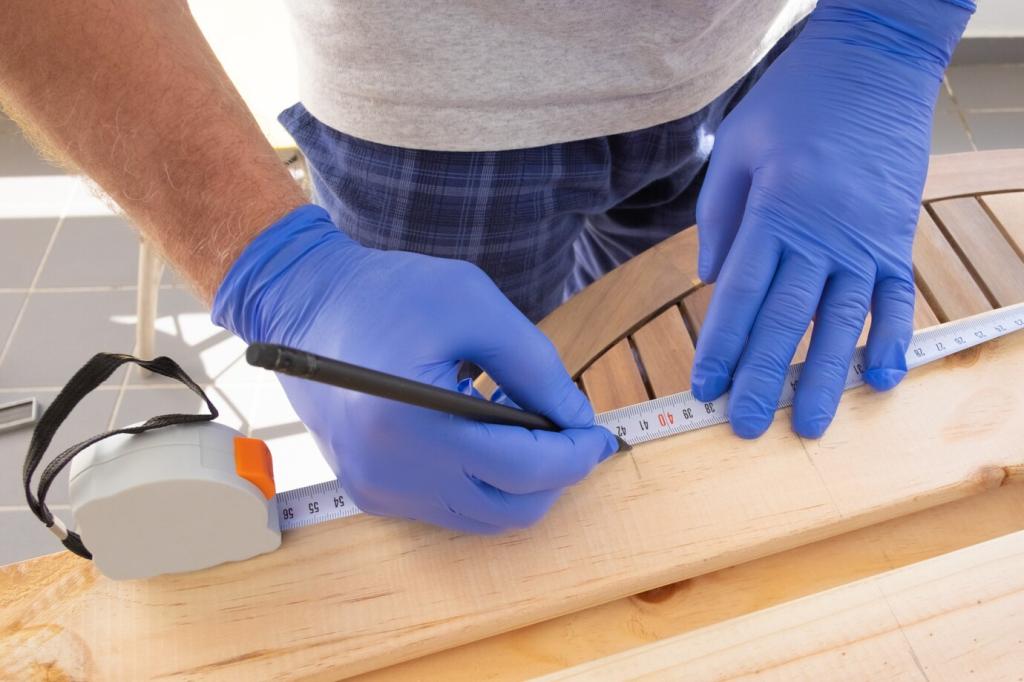
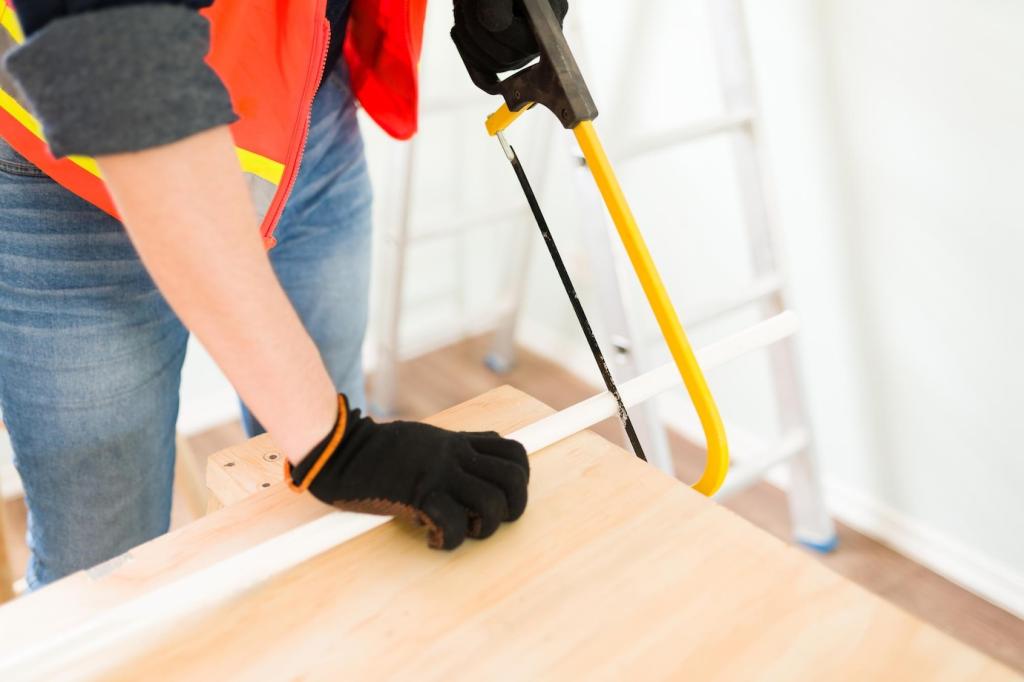
Climate Control for Heirloom Durability
Aim for a steady midpoint where wood neither swells nor shrinks dramatically. In dry heating seasons, a small-room humidifier can be cheaper than repairing split joints. In humid summers, dehumidifiers and steady airflow protect finishes and keep drawers running smoothly.
Climate Control for Heirloom Durability
Keep furniture away from radiators, vents, and fireplaces to prevent localized drying. Maintain gentle airflow so moisture doesn’t linger on surfaces. A slow, ceiling fan setting helps equalize conditions without blowing grit, supporting even aging across every board and edge.
Cleaning Without Compromise
pH-neutral wins the marathon
Use pH-neutral cleaners designed for wood, diluted per instructions. Work with two cloths: one lightly damp to lift grime, one dry to remove residue. This simple, patient approach avoids haze, protects sheen, and maintains the protective balance of oils and waxes.
What to avoid, always
Skip ammonia, bleach, strong citrus solvents, and silicone polishes that build a gummy film and complicate future refinishing. Alcohol can cloud shellac instantly. When tempted by quick fixes, remember: gentle, repeatable methods protect both historic finishes and modern coatings.
A gentle DIY cleaner
Mix distilled water with a few drops of mild castile soap in a spray bottle. Mist the cloth, not the wood, and test on an unseen area first. Wipe with the grain, then dry. Simple, predictable steps preserve finish integrity without drama.
If an oiled surface looks dry, absorbs moisture rings quickly, or feels rough, it is time to re-oil. Apply very thin coats of hardwax oil or pure tung oil, letting each cure fully. Buff warm with a soft cloth for resilient, natural protection.
Finishes, Oils, and Waxes that Endure
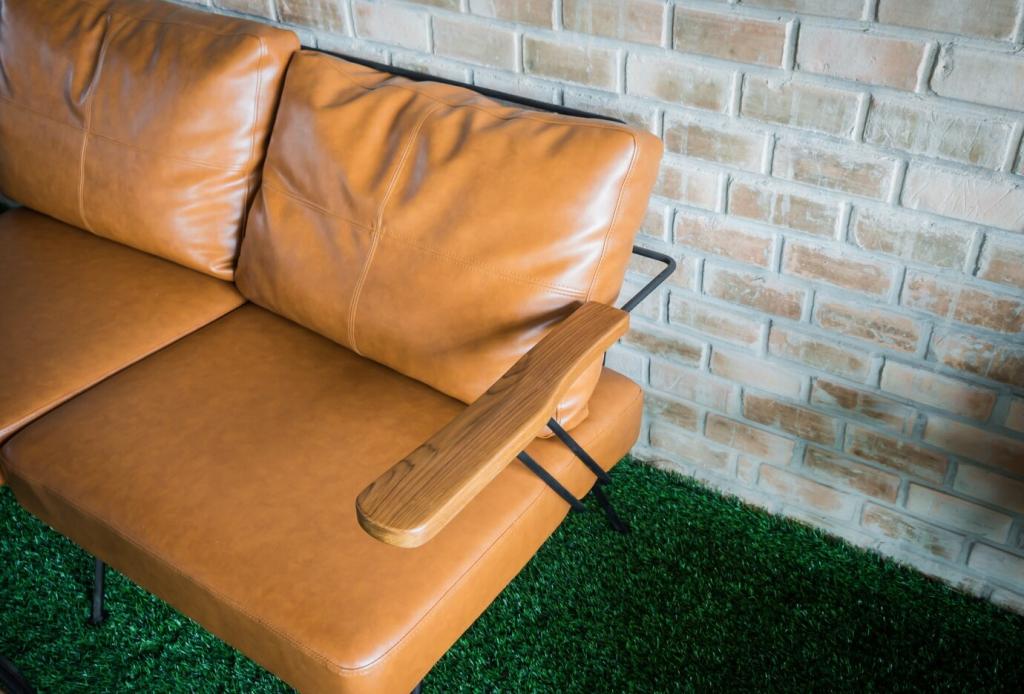
Micro-scratch blending
For light scratches, a matching wax filler stick or a touch-up marker used with the grain can work wonders. Blend patiently, buff gently, and stop while it still looks natural. Subtlety preserves character rather than erasing the furniture’s lived-in charm.
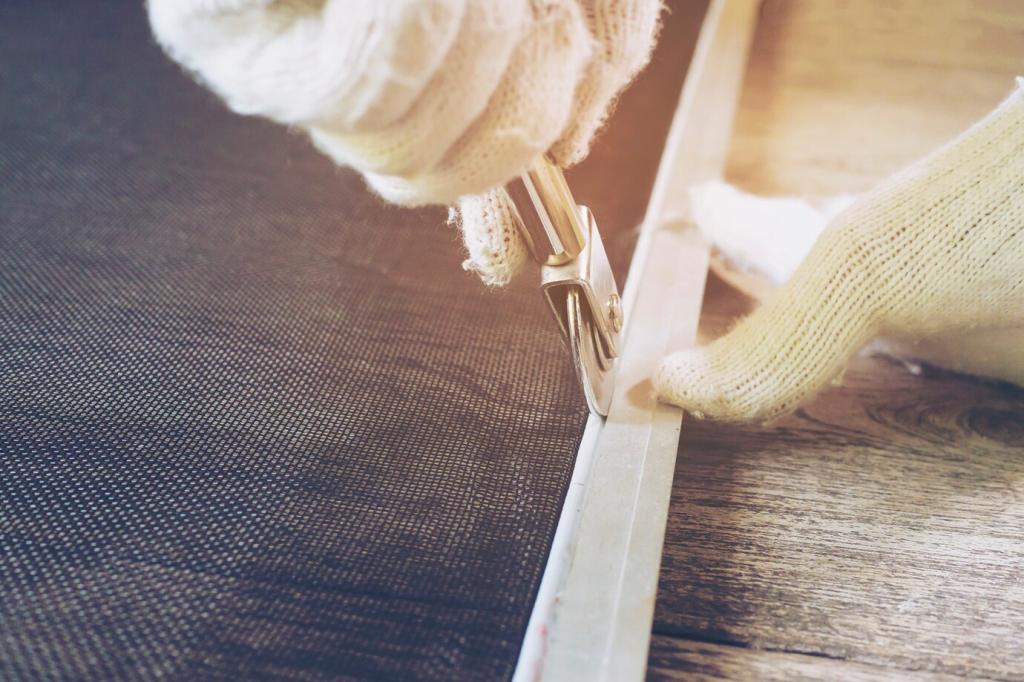
Hardware, joints, and quiet checks
Every few months, tighten screws just to snug—never wrench-tight. Listen for wobbles that signal loose joints. Where glue creep appears, inject fresh PVA into the joint and clamp lightly. Gentle, regular maintenance keeps frames square and tabletops serene.
Moving, Storage, and Seasons
Never lift by a tabletop alone. Support from the apron or rails, remove leaves, and secure loose shelves. Tape drawers shut with low-tack tape and protect knobs. Slowness and teamwork prevent twist stress that can snap joints or craze finishes.
Moving, Storage, and Seasons
Use moving blankets and corrugated corner guards, keeping plastic away from finishes to avoid sweat and imprinting. Create soft barriers between pieces. Label surfaces “this side up” and load so weight rests on sturdy frames, not delicate moldings or legs.
